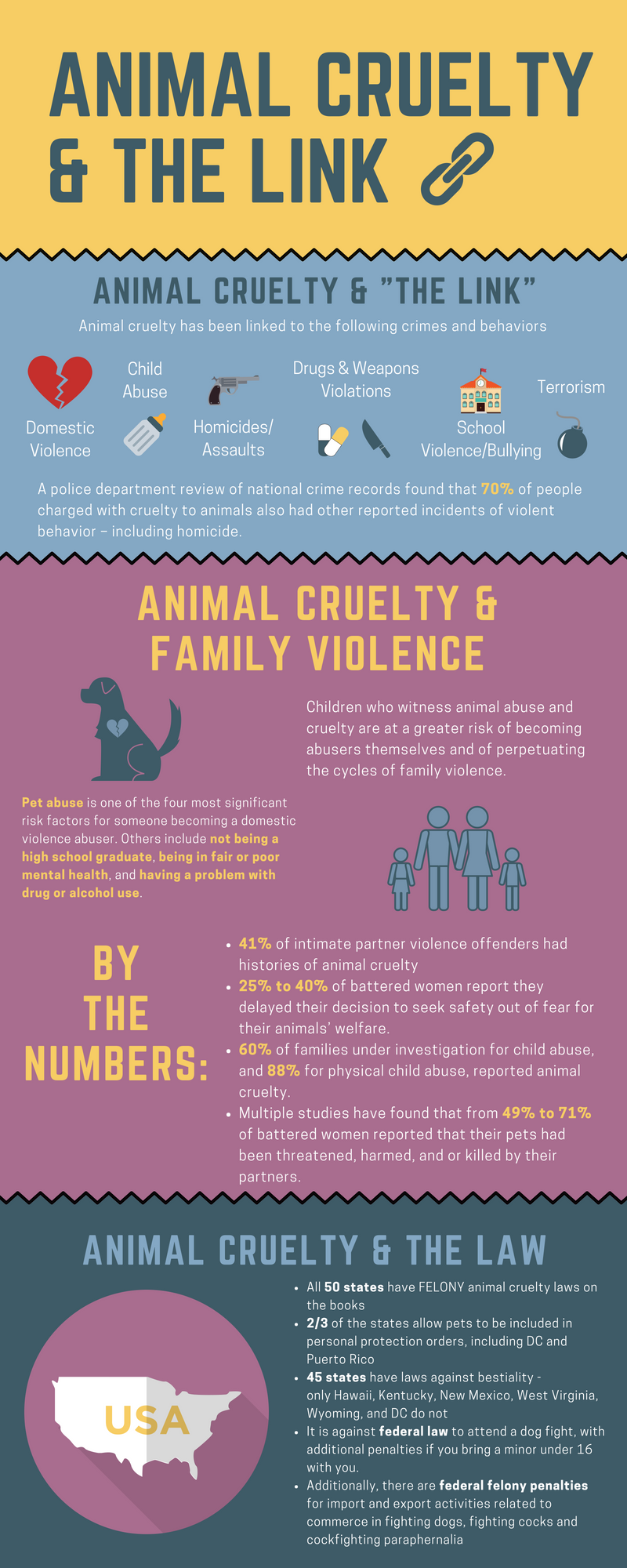Animal cruelty is a pervasive issue that inflicts immense suffering upon countless creatures. Studies consistently reveal that acts of violence against animals often correlate with broader societal issues, laying bare the complex psychological and sociological underpinnings of such abhorrent behaviors. This article delves into some of the most disturbing anti-animal abuse cases ever reported, exploring the categories of cruelty, the perpetrators involved, and the psychological ramifications of these heinous acts.
1. Understanding the Spectrum of Animal Cruelty
Before delving into specific cases, it is essential to categorize animal cruelty to grasp its multifaceted nature. Animal abuse can be classified into several distinct types:
- Neglect: The failure to provide necessary care, such as food, water, or shelter.
- Physical Abuse: Intentional harm inflicted on animals, often involving beating, burning, or other forms of violence.
- Sexual Abuse: Disturbingly, there are recorded instances of sexual misconduct against animals, a crime that reveals deeper psychological issues.
- Organized Cruelty: This includes dog fighting or cockfighting, where animals are thrust into violent confrontations for entertainment or profit.
- Exploitation: This covers a wide range of abuses, from factory farming to the illegal wildlife trade, where animals are exploited for economic gain.
The sheer breadth of cruelty towards animals underscores an urgent societal crisis that merits attention and action.
2. The Most Disturbing Cases of Animal Cruelty
Throughout history, numerous cases have arisen that highlight the extreme measures some individuals will take in exhibiting cruelty towards animals. Each case not only disturbs the conscience but also underscores the pressing need for legislation and public awareness.
The Case of Michael Vick
Arguably one of the most well-known cases of animal cruelty occurred with former NFL quarterback Michael Vick. He was found to be involved in an illegal dogfighting ring that involved the brutal treatment of dogs. The dogs, often subjected to horrific training methods, were forced to fight to the death for profit. Vick’s case exemplified not only physical abuse but also the sociocultural implications of dog fighting, reflecting a broader issue of how society perceives animals as mere commodities.
The Horror of Puppy Mills
Puppy mills are breeding facilities that prioritize profit over the welfare of animals. Dogs in these mills are typically kept in deplorable conditions, often in cramped cages with little to no access to veterinary care. The exposure of such operations has led to increased public outcry and calls for stricter regulations. Yet, the issue remains pervasive, with many consumers unknowingly supporting these cruel establishments.
The Tragedy of Laboratory Testing
Animal testing continues to be a controversial subject, with numerous reports of cruelty in research facilities. Beagles are one of the most commonly used breeds in testing due to their docile nature. Reports have surfaced of animals being subjected to painful experiments without adequate pain relief or proper living conditions. This raises ethical questions regarding the treatment of sentient beings in the name of scientific advancement.
The Silent Suffering of Farm Animals
In the realm of factory farming, millions of animals are subjected to inhumane conditions. Pigs, cows, and chickens often live their lives in cramped quarters, unable to express their natural behaviors. The systematic cruelty inherent in such practices has led to a growing movement advocating for animal rights and better treatment across agricultural industries. The industrialized food system often sacrifices compassion for profit, illuminating a glaring moral failure in how society treats its most vulnerable beings.
3. The Psychological Underpinnings of Animal Cruelty
Understanding the mindsets of perpetrators can shed light on why animal cruelty persists. The psychological profile of individuals who commit such acts often reveals a disconnection from empathy. Many studies suggest that these individuals may experience a range of psychological disorders, including antisocial personality disorder, which manifests as a disregard for the suffering of others. Such individuals may also have experienced trauma in their own lives, leading them to perpetuate violence against defenseless creatures.
Furthermore, societal norms can contribute to the normalization of cruelty. In some cultures, practices that inflict suffering on animals are ingrained in tradition, making it difficult to challenge these concepts. Education and awareness are critical in shifting these damaging perceptions and highlighting the intrinsic value of animal life.
4. The Role of Legislation and Advocacy
There is a pressing need for robust legal frameworks to protect animals from cruelty. In recent years, several countries have made strides in this area by passing stricter laws that penalize animal abuse. Organizations dedicated to animal welfare play a crucial role in advocating for policy changes, raising awareness, and providing support for enforcement of existing laws.
Grassroots activism and community engagement are also vital in fostering a culture of compassion towards animals. Public awareness campaigns can significantly impact public opinion and mobilize individuals to take a stand against cruelty. Collective efforts can lead to meaningful change, fostering a society where animals are treated with dignity and respect.
5. Conclusion: A Call to Action
The disturbing cases of animal cruelty serve as a poignant reminder of the essential work that lies ahead. It is imperative for society to unite in the fight against these crimes, advocating for our voiceless companions and ensuring their protection through comprehensive legislative measures, education, and active participation in advocacy efforts. Only through collective consciousness can we hope to eradicate the pervasive cruelty experienced by countless animals and promote a culture of kindness and empathy.








